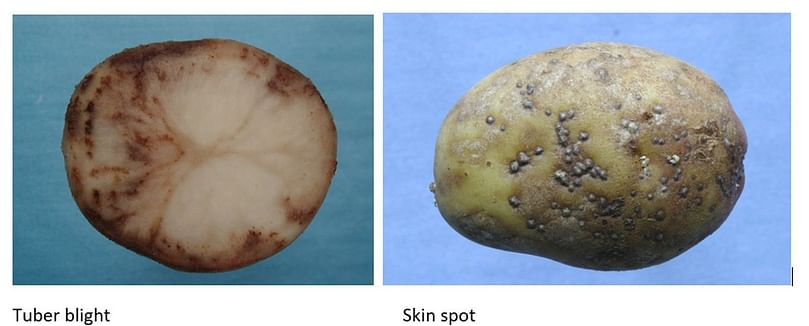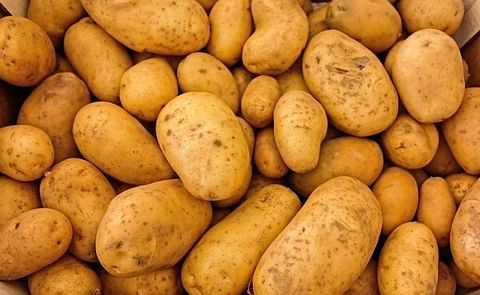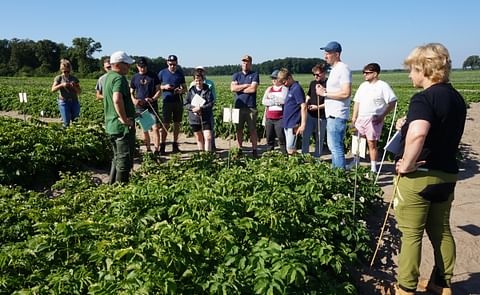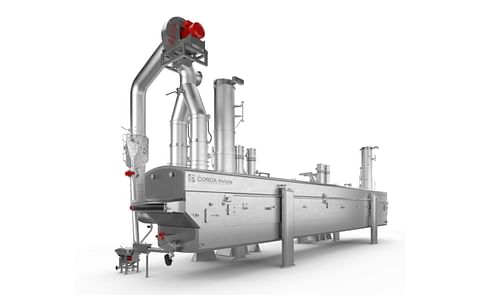Potato Storage in the United Kingdom: regular checks vital this season for reducing risks
UK Potato Storage: regular checks vital this season for reducing risks

The continued wet weather in late October/early November in the United Kingdom has extended the harvesting season beyond eight weeks for some, which is clearly not good news where stores have been part-filled and cooling systems unable to function correctly.
Wet crop entering the store after a prolonged period of wet conditions in the field is at risk of bacterial breakdown and reports of rots are increasing.
Although night-time temperatures have dropped sporadically, the recent weather in much of the country has been quite mild hampering pull-down in ambient stores which also hampers the opportunity to bring the disease under control.
As ever, the use of air is critical to dry your crop as quickly as possible and contain any disease development. Ensure stores are set up to deliver the air to the crop that needs it most. Consider closing off some airways to focus on a problem area if this is deemed necessary.
Remember that this needs to be done cautiously so as not to introduce large temperature gradients in the store as condensation becomes a risk on cooler crops if this happens. Wherever possible, keep air moving until all the potatoes are dry.

AHDB has received reports of a few quality issues with pest damage, soft rot, bruising and hollow heart all mentioned.
Late harvesting can also increase the likelihood of other problems such as tuber blight or skin spots in susceptible varieties. Note that skin spot pimple-like lesions are seldom evident until the crop has been in store for several weeks so do not neglect to check the crop regularly.
It is important to get a good assessment of the extent of any problem so that risks can be analyzed and decisions made on the likely financial impact.
Storage is expensive so be objective in your decision-making; just because you have a long-term store doesn’t mean you have to keep it filled until the crop runs out of the door. Talk to your market about problem crops with the aim of reducing exposure to any risks.







